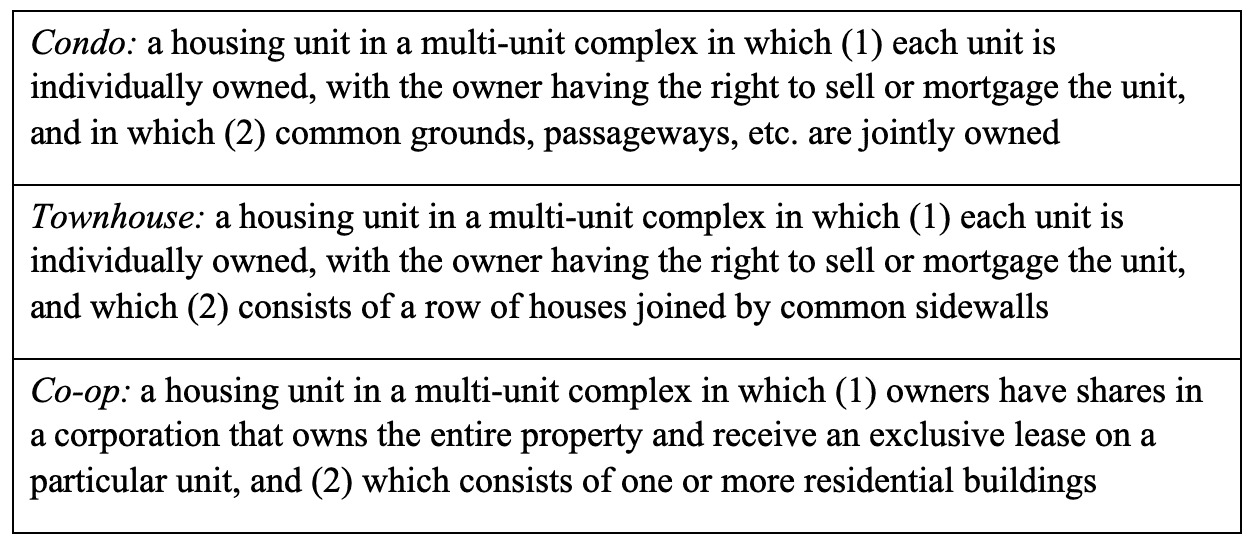
Click to learn more about author Ronald G. Ross.
In this third post of a four-part series about crafting great business definitions, I will explore how to make definitions precise. Surprisingly, the very first word in the definition is key to keeping it on target. Beyond that, I will explain how to express fine distinctions between closely related concepts. Read Part One and Part Two here.
A critical guideline for defining noun concepts is: The first significant word in the definition (i.e., not counting any article such as an) should also be a noun. Here is a faulty definition in that regard:
Cost: indicates what is to be paid
The essence of a noun concept is never that it does something. The essence is that the thing is something. And that something must be a noun thing. So, remove the verb:
Cost: what is to be paid
The word what is a little better, but just barely. It’s quite indistinct. So, replace what with some definitive noun:
Cost: a price to be paid
Now you have an equivalence in the term being defined and the word that anchors the definition. That’s a fundamental correlation. We call the all-important first significant word (or word phrase) in a definition the kick-off word.
The kick-off word of a definition should generally designate a more general concept than the term being defined. Example:
Umpire: a league representative responsible for the conduct of games and for order on the playing field
This definition indicates that league representative is a broader concept than umpire — in other words, that umpires are a special case of league representatives. This critical kind of relation between broader and narrower concepts is called categorization.
After the kick-off word, the rest of the definition should express how the concept being defined is some special case or variation of the more general concept represented by the kick-off word. In other words, the rest should focus on the essence of the differentiation. For example, responsible for the conduct of games and for order on the playing field expresses the essence of what makes umpires distinct from other league representatives.
Digging Deeper: In classical logic, the kick-off word is called genus (or family), and the rest of the definition differentia — fancier terms, but the same ideas.
It can be helpful in defining a concept to see yourself as specifying what qualifies a thing to be an instance of the concept. For example, each instance of umpire must conform to the concept’s definition. If something or somebody does not conform, then that something is not an instance of umpire. It cannot be classified that way. Fundamentally, definitions are about proper classification of things.
Defining Similar Things
To classify things that are not very alike, definitions can be somewhat lax and still suffice. Not so as things become increasingly similar. Then fine distinctions must be made.
In residential housing, for example, consider the three concepts condo, townhouse, and co-op. Each is a housing unit. Unlike a standalone housing unit, a condo, townhome, or co-op is part of a multi-unit complex. Clearly, the three concepts are similar to each other, but how are they different? What are the most significant aspects of differentiation?
You are likely to discover two such aspects: (1) legal ownership and (2) physical configuration. (These may overlap.) Definitions should be drafted, focusing on these two aspects, then iteratively refined until adequately distinguished. The following are candidate definitions with embedded numbers (for illustration only) to indicate the two aspects for each case.

Extracted from Business Knowledge
Blueprints: Enabling Your Data to Speak the Language of the Business, by
Ronald G. Ross, 2020.
http://brsolutions.com/business-knowledge-blueprints.html
